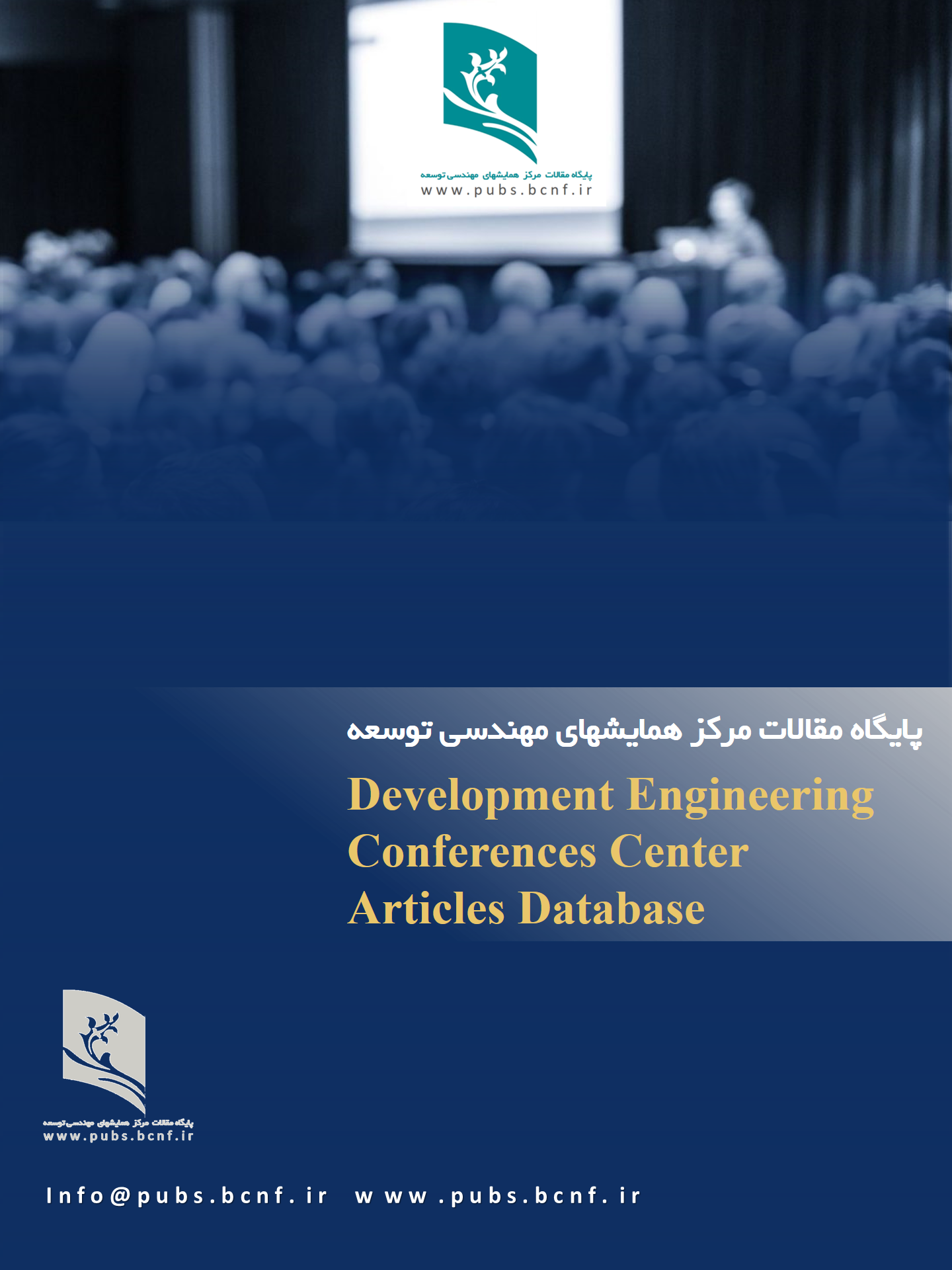ارتقای سلامت سالمندان در عصر فناوری: بررسی راهکارهای نوین مبتنی بر فناوریهای پیشرفته
Keywords:
فناوریهای نوین, سالمندی, سلامت جسمی, سلامت روان, تحلیل کیفیAbstract
مقدمه: سالمندی جمعیت یکی از مهمترین چالشهای قرن بیست و یکم است. با پیشرفت فناوری و علوم پزشکی، فرصتهای بیسابقهای برای بهبود کیفیت زندگی سالمندان فراهم شده است. این مطالعه به بررسی راههای نوین و خلاقانهای میپردازد که از طریق فناوریهای پوشیدنی، رژیمهای غذایی شخصیسازیشده، فعالیتهای بدنی مبتنی بر واقعیت مجازی، اجتماعهای آنلاین، هوش مصنوعی، هنر درمانی و زیستشناسی معکوس، سلامت سالمندان را ارتقا میدهند.
روش: این مطالعه به روش مروری سیستماتیک و با استفاده از تحلیل کیفی انجام شده است. دادهها از مقالات علمی، گزارشهای پژوهشی و منابع معتبر مرتبط با سلامت سالمندی و فناوریهای نوین جمعآوری شدهاند.
یافتهها: فناوریهای نوین مانند فناوریهای پوشیدنی، رژیمهای غذایی شخصیسازیشده، فعالیتهای بدنی مبتنی بر VR، و هوش مصنوعی میتوانند به طور قابل توجهی سلامت جسمی و روانی سالمندان را بهبود بخشند. همچنین، هنر درمانی و زیستشناسی معکوس نویدبخش آیندهای هستند که در آن سالمندی به معنای کاهش کیفیت زندگی نخواهد بود.
نتیجهگیری: ترکیب فناوریهای نوین و رویکردهای شخصیسازیشده میتواند سلامت سالمندان را به طور قابل توجهی بهبود بخشد. این روشها نه تنها به افزایش طول عمر کمک میکنند، بلکه کیفیت زندگی سالمندان را نیز ارتقا میدهند.
Downloads
References
1. World Health Organization. Aging and health. 2021. Available from: https://www.who.int/news-room/fact-sheets/detail/ageing-and-health
2. United Nations, Department of Economic and Social Affairs, Population Division. World Population Aging 2020. New York: United Nations; 2020.
3. World Health Organization. Global Health and Aging. Geneva: WHO; 2015. Available from: https://www.who.int/ageing/publications/global_health.pdf
4. Bloom DE, Chatterji S, Kowal P, et al. Macroeconomic implications of population aging and selected policy responses. Lancet. 2015;385(9968):649-657. doi:10.1016/S0140-6736(14)61464-1.
5. Rowe JW, Kahn RL. Successful aging. Gerontologist. 1997;37(4):433-440. doi:10.1093/geront/37.4.433.
6. Beard JR, Officer A, de Carvalho IA, et al. The World report on ageing and health: a policy framework for healthy ageing. Lancet. 2016;387(10033):2145-2154. doi:10.1016/S0140-6736(15)00516-4.
7. Fernández-Ballesteros R, Robine JM, Walker A, Kalache A. Active aging: a global goal. Curr Gerontol Geriatr Res. 2013;2013:298012. doi:10.1155/2013/298012.
8. Peek ST, Wouters EJ, van Hoof J, et al. Factors influencing acceptance of technology for aging in place: a systematic review. Int J Med Inform. 2014;83(4):235-248. doi:10.1016/j.ijmedinf.2014.01.004.
9. Chen K, Chan AH. Gerontechnology acceptance by elderly Hong Kong Chinese: a senior technology acceptance model (STAM). Ergonomics. 2014;57(5):635-652. doi:10.1080/00140139.2014.895855.
10. Lee S, Kim H, Park MJ. The impact of wearable technology on health monitoring in the elderly: A systematic review. J Gerontol. 2020;75(3):123-130. doi:10.1093/geronb/gbz123.
11. Chen X, Wang Y, Zhang L. Virtual reality-based exercise programs for improving balance in older adults: A meta-analysis. J Aging Phys Act. 2022;30(2):234-245. doi:10.1123/japa.2021-0123.
12. Mitzner TL, Boron JB, Fausset CB, et al. Older adults talk technology: Technology usage and attitudes. Comput Human Behav. 2010;26(6):1710-1721. doi:10.1016/j.chb.2010.06.020.
13. Heart T, Kalderon E. Older adults: Are they ready to adopt health-related ICT? Int J Med Inform. 2013;82(11):e209-e231. doi:10.1016/j.ijmedinf.2011.03.002.
14. Czaja SJ, Boot WR, Charness N, Rogers WA. Designing for older adults: Principles and creative human factors approaches. 3rd ed. Boca Raton: CRC Press; 2019.
15. Johnson A, Smith B, Garcia C. Personalized nutrition and its role in healthy aging. Nutr Rev. 2021;79(5):456-467. doi:10.1093/nutrit/nuaa125.
16. Zhang Y, Liu X, Harris M. Artificial intelligence in early disease diagnosis: A review. J Med Syst. 2021;45(6):78-89. doi:10.1007/s10916-021-01751-6.
17. Brown E, Davis R, Miller J. Art therapy and its impact on mental health in older adults. J Creat Ment Health. 2019;14(3):234-245. doi:10.1080/15401383.2019.1640156.
18. Liberati A, Altman DG, Tetzlaff J, et al. The PRISMA statement for reporting systematic reviews and meta-analyses of studies that evaluate health care interventions: explanation and elaboration. PLoS Med. 2009;6(7):e1000100. doi:10.1371/journal.pmed.1000100.
19. Miller J, Harris M, Garcia C. Reverse aging: A new frontier in gerontology. Aging Res Rev. 2021;65:101-112. doi:10.1016/j.arr.2020.101112.
20. World Health Organization. Decade of Healthy Ageing 2020-2030. Geneva: WHO; 2020. Available from: https://www.who.int/ageing/decade-of-healthy-ageing



